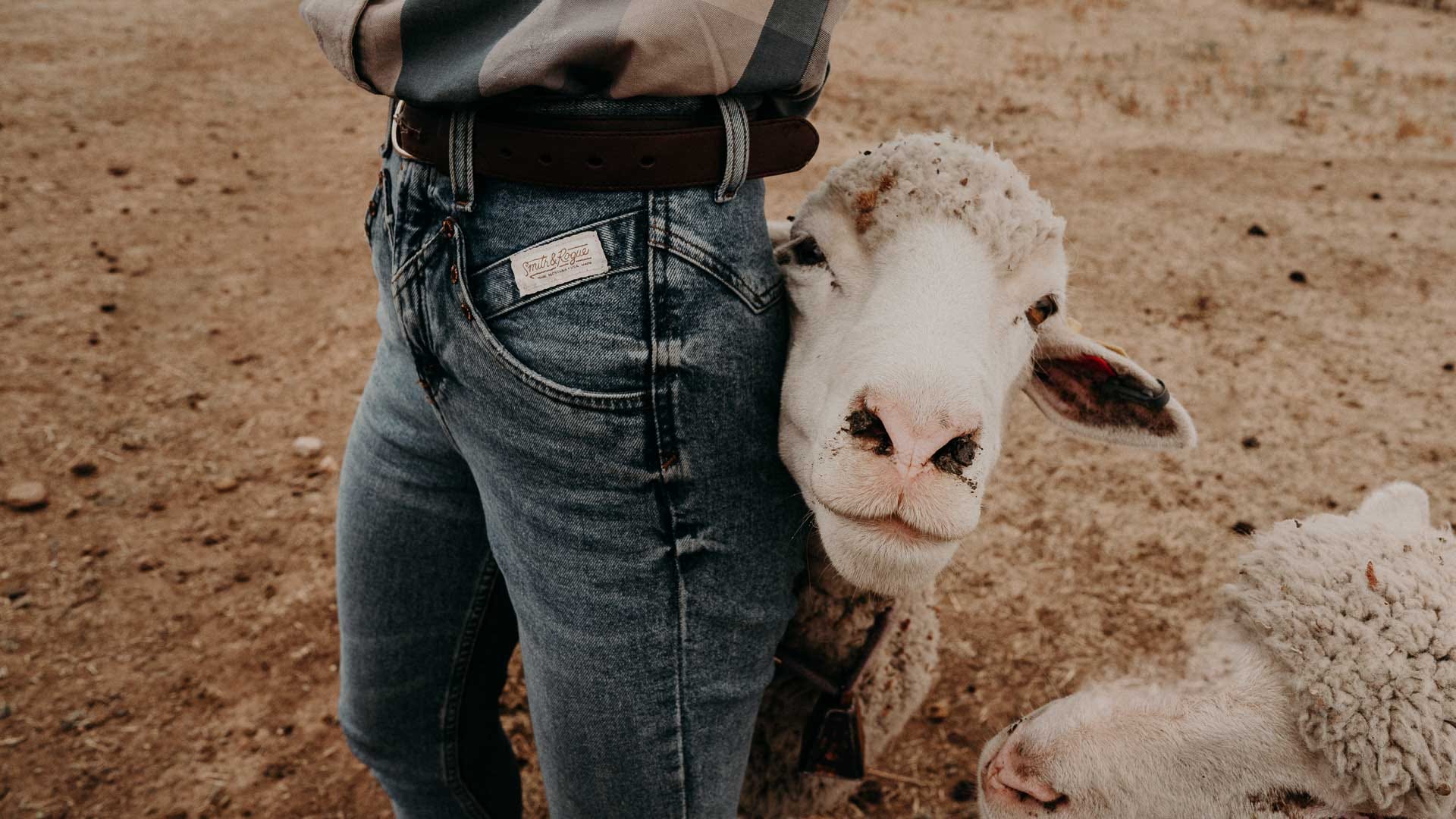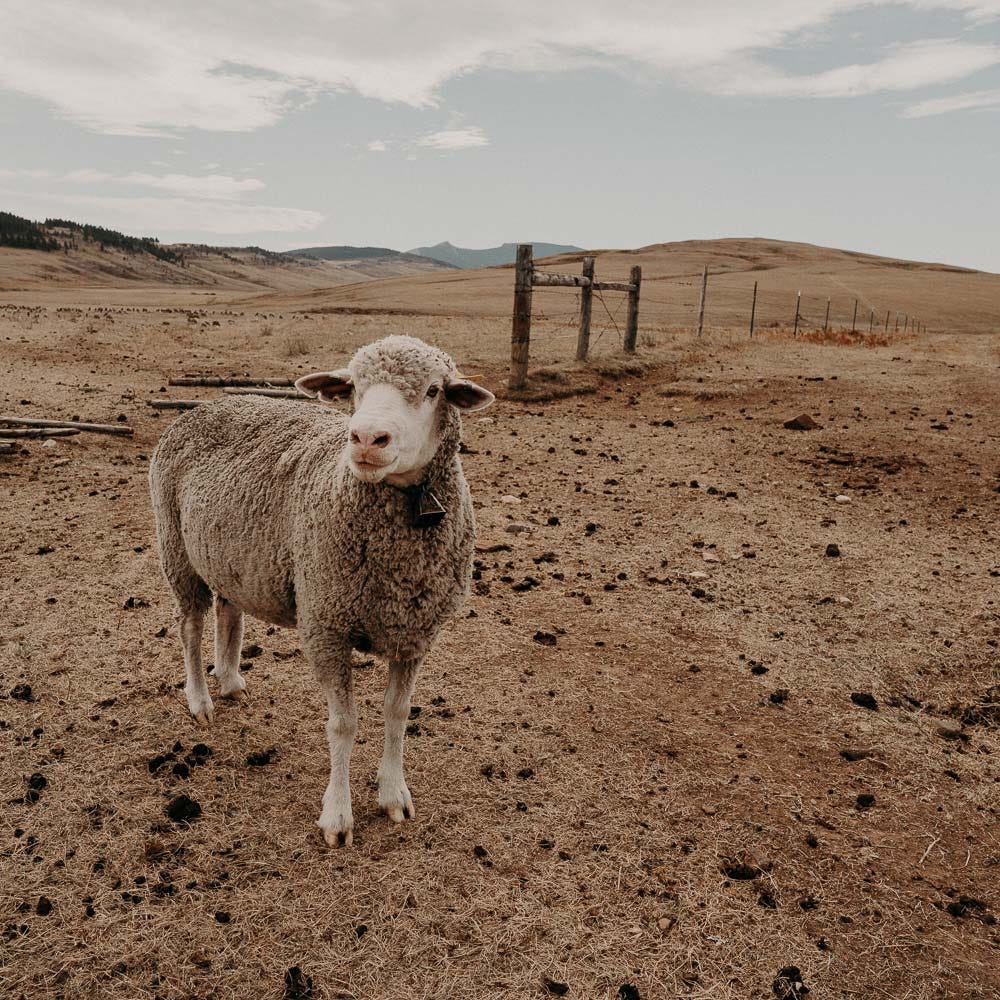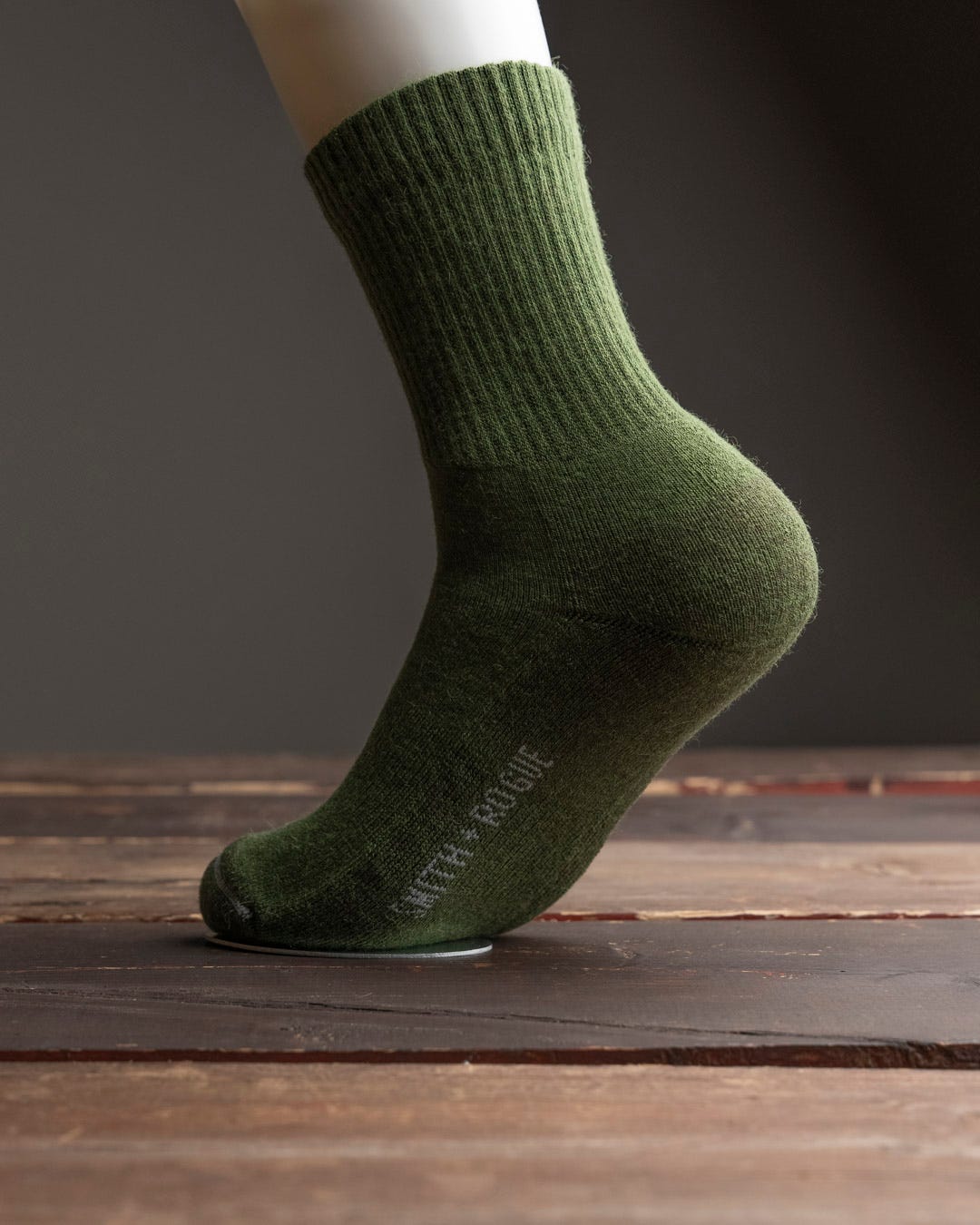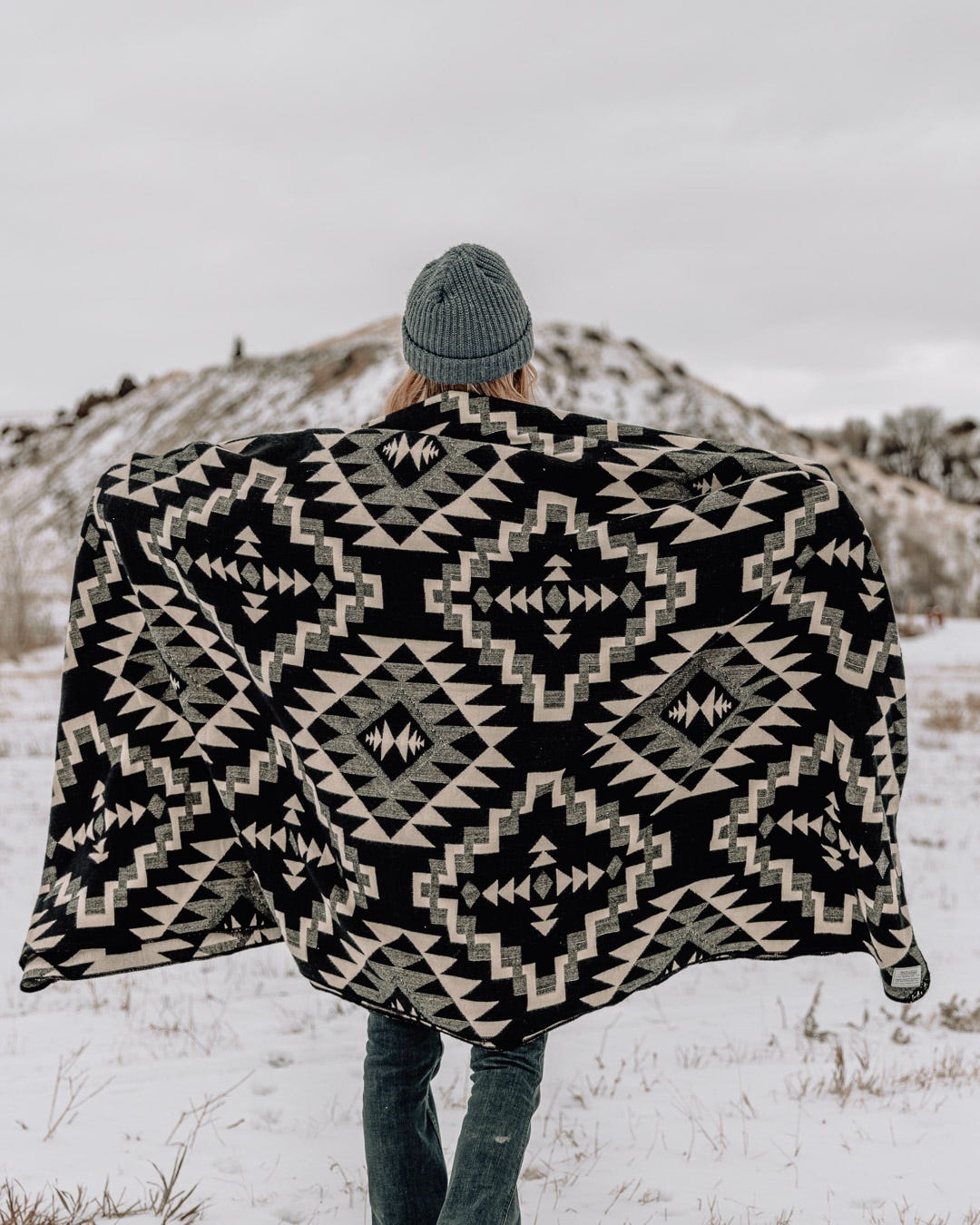Merino Wool vs Alpaca Wool | What is the difference? Which one is better?



Merino Wool vs Alpaca Wool | A Comparison
Written by Dana Holzer
What’s the difference between Merino wool and alpaca socks?
No matter what you are wearing on your feet…ski boots, running shoes, boots, or just whatever you found at the front door, you want to keep your feet happy. Your sock choice can be just as important as your footwear, no matter the temperature. Since both Merino wool and alpaca are great natural fibers for socks, this begs the question, “What is the difference between Merino wool and alpaca socks? Why one or the other?”
The short answer is that both are terrific. Both Alpaca and Merino wool are breathable, warm and odor resistant. Great qualities for your feetsies. But if you want to dig deeper into the differences between wool and alpaca, here's a list of attributes to consider when deciding between Merino wool and alpaca socks.
Background: Merino wool comes from Merino sheep breeds. Their fleeces are known for their softness and warmth. These sheep originated from flocks in Spain and Morocco, but now are raised in many countries including the US. Sheep are sheared once a year and the collected wool can weigh between 10-15 pounds.
Alpaca fiber comes from the alpaca (a cousin to the camel). Originally these herd animals were from the Andean country of Peru and surrounding South American countries. Smith and Rogue is fortunate to have our Highland Alpaca products sourced directly from Peru at the world’s largest high altitude alpaca ranch (15,000 feet above sea level). Similar to sheep, alpacas are also sheared annually and their coats can weigh up to 6 pounds..
Hypoallergenic: Alpaca fleece is hypoallergenic. Wool is not hypoallergenic, due to its lanolin that coats the wool. So if you are very sensitive to allergens, you may want to try alpaca.
Durability and Strength: Alpaca is a stronger fiber than Merino wool. However, the strength and durability of your sock and its life span is also dependent on how the sock is manufactured and how thick the sock was made. Many socks come as a blend of other materials as well, so check the percentages of all materials listed. Alpacas’s tensile strength is 50, which is the ability for a fiber to withstand more pressure or tension before breaking. Merino’s tensile rate is 30-40. Alpaca socks tend to be more expensive than wool socks, but not always.
Breathability and temperature regulation: Both are excellent in this category, because of the structure of the individual fibers of wool and alpaca.
Moisture wicking: Both are moisture wicking, but alpaca is also water repellant. Wool can absorb up to 30% of its weight in moisture, while alpaca absorbs about 11% while staying highly breathable. This means that alpaca dries faster and insulates better than Merino wool when wet.
Odor resistant: Both. This positive attribute to both wool and alpaca is an important reason many customers buy these socks. These natural fibers resist odors in part because they wick away sweat and keep the body’s temperature regulated. Wool and alpaca both excel at staying odor-free. Simply air the socks out after use, which is handy when space is limited. In comparison, polyester fibers capture and retain body odors and require washing to eliminate the smell.
Softness: Both are soft, but alpaca is softer than Merino wool. Some other breeds of sheep do yield scratchy wool you wouldn’t want next to your skin, but this is not the case with Merino.
Eco friendly and natural: Both are winners in this category. Sheep are useful for eating down grasses which can help prevent wildland fires. Sheep also eat noxious and invasive weeds which improves the soil and surrounding foliage. Another win for sheep is that they have demonstrated an impressive ability to draw down carbon out of the atmosphere and bank the carbon in the soil. This process reduces greenhouse gasses which contributes to climate change. And, when managed in a regenerative agricultural plan, sheep help improve the soil’s health by improving the soil’s ability to store the water and needed nutrients, along with the critical organisms living in the soil. Also important to note that at the end of a wool garment’s lifespan, the wool is fully biodegradable.
Alpacas are also eco-friendly. Unlike synthetic fibers which are linked to microplastic pollution in our waterways, the fiber of alpacas are also fully biodegradable. The dung matter of alpacas is used for fertilizer, which improves soil quality. Alpacas have soft padded hooves which have a lower impact on the land. While the sheep industry has robust multi year studies of their impact, alpaca’s growing textile industry will eventually publish more research on their helpful benefits environmentally speaking.
Fire-retardant properties: Both. If you have your feet propped up near a fire and a spark flies, you’ll be thankful that neither wool nor alpaca is apt to burn! Synthetic fibers, near a fire? Watchout!
Bottom line: Alpaca socks take the cake. However, both Alpaca and Merino wool are used to make great quality socks, and neither sock material is likely to disappoint you. If you need the warmest socks you can get your feet on for that arctic adventure, shoot for the alpaca, especially if you have allergies. Two great choices…your happy feet will thank you.















